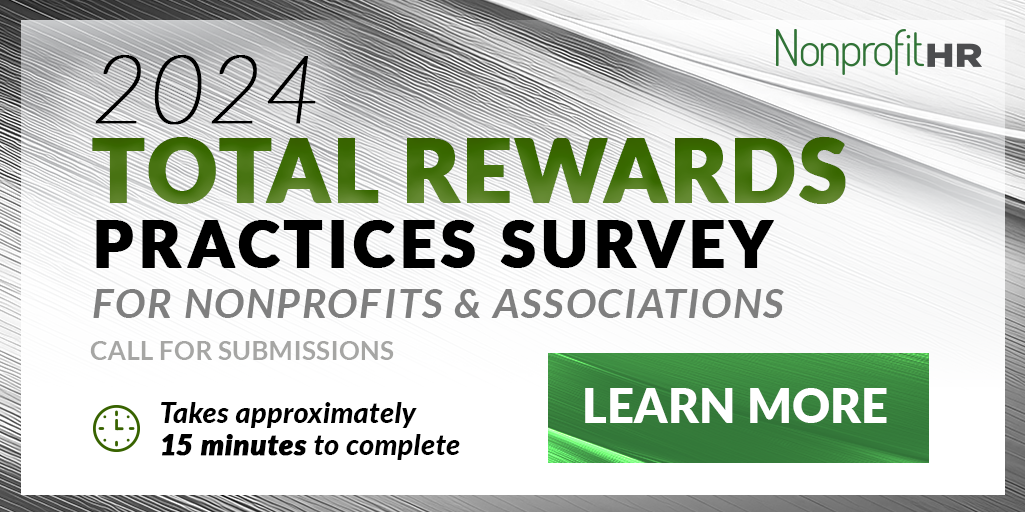WTOP: 5 ways nonprofits can…
The 2013 Nonprofit Employment Trends Survey has uncovered a possible trend by nonprofit organizations to install new hiring practices in an effort to avoid employee burnout. Over the past three years, responses to the survey indicate that the percent of organizations hiring new staff to support new programs or initiatives has risen (from 29% in 2010 to 37% in 2013) while the percent of organizations using current staff has declined (from 57% in 2010 to 48% in 2013). This finding may reflect an increase in awareness among nonprofit leaders that their staff has reached capacity and that new initiatives require new hires.
One survey participant summed up the nonprofit employee mindset and how the mission can contribute to burnout.
“Nonprofits [employees] are a restless bunch because we are called to a mission. We will sacrifice personal health and family time to a mission and it contributes to burnout,” said Stacy Smith, SVP of Human Resources and Risk Management at the YMCA of Greater San Antonio.
A recent study by Carolyn Dewa at the University of Toronto found that employees in the nonprofit sector may be particularly vulnerable to burnout given the mission-driven nature of their work. Moreover, a 2011 study from Opportunity Knocks found that half of the nonprofit employees they surveyed were “burned out” or were in danger of becoming burned out. Studies have shown that employees who are burned out are more likely to leave their positions prematurely. This finding underscores the importance of nonprofits examining how they redistribute the job responsibilities of eliminated positions and how these practices can affect morale and turnover both in the present and in the future.
The main contributing factor to employee burnout at nonprofits are staffing practices when positions are eliminated. When positions are eliminated a majority (74%) of nonprofits reported that they distribute responsibilities among their current staff while only a small percentage contract with consultants (5%), use volunteers or interns (3%), hire temporary staff directly (2%) or through a third party (2%). In addition, only 6% responded that they eliminate the work being done by the eliminated staffer. Organization size did not greatly affect the answer an organization gave for how they redistribute responsibilities. This practice continues to pose concerns for HR professionals nationwide. Increasing work responsibilities without the addition of internal resources can create negative and unintended consequences for organizations.
Also of note, the Nonprofit Employment Trends Survey continues to track the under-use of consultants, skilled temporaries and volunteers/interns in supporting programs and initiatives during growth or budget cuts that lead to position elimination. Opportunities exist for nonprofit organizations to seek expertise and talent outside of their organizations to address both short-term program and/or staffing needs or those requiring specific skills that do not currently exist within their organizations. Doing so addresses two frequently cited workplace dynamics of staff burnout and premature employee turnover as well as have the potential to improve efficiencies. Furthermore, engaging temporary staff, consultants or volunteers/interns supports the ability of nonprofits to adjust their staff size to fluctuating demand without the time or cost traditionally associated with the engagement of part- or full-time staff.
Want to learn more about how to avoid employee burnout and improve your organization’s culture? Attend the 2016 Nonprofit Talent & Culture Summit. Register here.

































